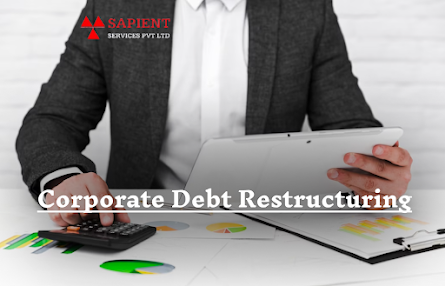Understanding Valuation of Goodwill
A business is an entity that indulge themselves in commercial, industrial and professional activities with the aim of making profit. They involve the production, process, and sales of goods and services to meet the needs of the customers and the clients. A business can vary widely in size, structure, industry and purpose. The business landscape is dynamic and influenced by the economic conditions, technological advancements and societal changes. There are various types of businesses available that can be classified based on different criteria. On the basis of industry it can be a Manufacturing Business, Retail Business, Wholesale Business, and the Service Business. On the basis of Legal structure, it can be Partnership, Corporation, and Sole proprietorship. On the basis of size, it can be Small and Medium Sized Enterprises (SMEs), and Large Size Enterprises. On the basis of the nature of operations it can be B2B, B2C and C2C. on the basis of Purpose, business can be Non profit organization, and for profit organization. It is very important for every business to maintain a positive image to attract and retain their customers. A good image of a business not only attracts the customers but also enhances your business recall value. Customer loyalty is one of the other important factors that businesses crave for.
For a business, it is very important to calculate the valuation of goodwill for their organization.
This blog comes up with the topic of valuation of goodwill and some of its basic concepts.
Valuation
Valuation is a process of determining the economic value of an asset, investment or company. The choice of valuation method depends on the nature of the business, industry standards and the availability of the data. It's like putting a price tag on something, but involves a lot of analysis and consideration of various factors.
There are several methods by which business can calculate the valuation and it includes - Comparable Company Analysis (CCA), Discounted Cash Flow (DCF), Market Capitalisation, and the Asset based Valuation.
Features of Valuation
Valuation involves various assessing and analyzing various factors to determine the economic value of an asset, investment or company.
The various features that valuation offers -
Subjectivity
Purpose Driven
Time Sensitivity
Data Driven
Risk Assessment
Flexibility
Communication
Ethical Considerations
Goodwill
It is an intangible asset that represents the excess of the purchase price of the business over the fair value of its identifiable net assets. Goodwill involves factors such as acquired company’s reputation, customer relationship, brand value, and any other intangible assets that contribute to the overall value of the business but are not separately identifiable. Understanding and managing goodwill is very important for financial analysis, specially when evaluating the financial health, and performance of companies involved in mergers and acquisitions.
Benefits of maintaining a Goodwill
The benefits contribute to the company’s overall success and sustainability. The key benefits includes -
Customer Loyalty
Brand Recognition
Competitive Advantages
Financial Benefits
Market Value
Partnership opportunities
Ethical Considerations
Crisis Resilience
Valuation of Goodwill
The valuation of Goodwill involves determining the monetary value of the intangible asset known as Goodwill. The valuation of Goodwill represents the premium paid for the acquired company reputation, customer relationship, brand value, and other intangible assets. Valuation of Goodwill is crucial for financial reporting, especially in the context of purchase accounting, and business combination.
The features of Valuation of Goodwill includes -
Identify and Assess Intangible assets
Goodwill is an intangible asset and its value is dependent on factors like Brand reputation, customer Relationship, and other non physical attributes.
Calculate Identifiable net Assets
Subtract the fair value of identifiable net assets from the total purchase price. The result is the implied value of goodwill.
Fair value Assessment
The fair value of assets and liabilities is based on various valuation methods.
Impairment Testing
After the initial valuation, companies are required to periodically test for the impairment
of goodwill.
Business Combination
Goodwill typically arises in the context of business combination, where one company acquires another.
Benefits of Valuation of Goodwill
Valuation of Goodwill offers a wide range of benefits to the company, stakeholders, and the investors. It is a complex process that requires a thorough analysis of both the tangible and intangible assets. Some of the key benefits are as follow-
Informed decision Making
Stakeholders, management and other analysts can make more informed decisions based on the valuation of goodwill. This information is valuable in assessing the economic value of the intangible assets acquired in a business combination.
Strategic Planning
It provides the insights into the value of intangible assets, such as brand reputation and customer relationship, which is critical for long term strategic decision making.
Asset Optimization
Understanding the value of acquired intangible assets, including goodwill, enables companies to optimize their asset portfolio.
Financial Reporting Accuracy
Valuation of Goodwill is crucial for accurate financial reporting. It helps in allocating the purchase price among the acquired asset, and liabilities providing a more accurate representation of the company’s financial position.
Read More -
https://talkitter.com/read-blog/169364
https://myvipon.com/post/893840/Understanding-Valuation-Goodwill-amazon-coupons


Comments
Post a Comment